- Wind and solar power generation is expected to replace fossil fuels in the 1930s and power the world
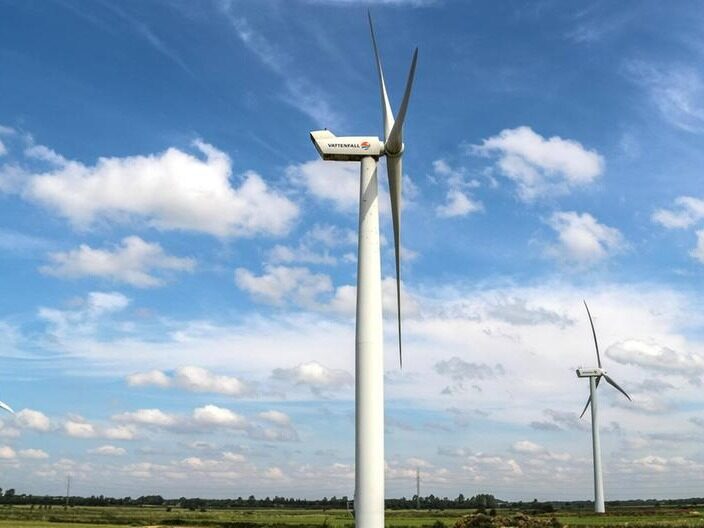
The Carbon Tracking Initiative pointed out that the existing solar and wind energy technologies have only played a small part of the potential of “wind and scenery”, but they can still provide 6.7 million megawatt-hours of electricity each year, which is more than 100 times the global demand. Among them, solar energy can be used. Achieve 5.8 million megawatt-hours of energy supply. Statistics from the organization show that since 2010, the cost of solar power generation has fallen by 18% annually, and the average annual growth rate of power generation has reached 39%. The power generation can be doubled almost every two years. At the same time, the average annual cost of wind power A decrease of 9%, the average annual growth rate of power generation is about 17%. In 2021, 60% of solar power and 15% of wind power can directly compete with traditional fossil fuel power generation without subsidies.
Obviously, declining costs and continuously improving equipment efficiency will continue to promote exponential growth in solar and wind power generation. The Carbon Tracking Initiative pointed out that if it grows at an annual rate of 15%, at the earliest 2030 and at the latest 2035, only solar power and half of the wind power will be needed to fully replace fossil fuel power generation.
"In fact, only 0.2% of the global land area is needed for solar power projects and 0.5% of the global land area is used for onshore wind power projects, and the entire planet's energy needs can be met." Stanford University professor Mark Jacobson said frankly. Based on this, the Carbon Tracking Initiative made an assessment: If only solar energy is used to power the world, with current technical conditions, 450,000 square kilometers of land will be needed, which is only 0.3% of the global land area, far less than coal mining, The area of land required for oil and gas.
Kingsmill Bond, chief strategist of the Carbon Tracking Initiative, said: "In my opinion, oil demand has peaked in 2019. Between 2022 and 2023, it will more or less return to 2019 levels and continue for several years, but it will not. More than 2019. A new era dominated by renewable energy is at hand."
Enter a new era
"We are entering a new era comparable to the industrial revolution." Kingsmill Bond emphasized, "A solar panel can be placed on 5 square meters of land anywhere in the world, and the energy obtained each year is the same as the energy obtained from a barrel of oil. It is understood that the Carbon Tracking Initiative divides countries and regions around the world into 4 categories based on the potential of renewable energy. They are: "countries with excess resources" with a potential of at least 1,000 times the demand, such as many sub-Saharan countries. African countries such as Namibia, Botswana, Ethiopia, etc., especially in terms of renewable energy infrastructure, Africa’s potential cannot be underestimated, and the region has the ability to become a “renewable energy superpower”. "Resource-rich countries" with potential at least 100 times greater than demand, including Morocco and Chile. The "resource-rich countries" with potential at least 10 times the demand are represented by China and the United States, which can effectively use renewable energy and lead the further development of "wind and solar" power generation technology.
Japan, South Korea, and most countries in Europe are classified as "resource-scarce countries" with insufficient potential 10 times the demand. These countries often face difficulties in how to make the most effective use of renewable energy. Germany is a typical representative among them. The country has a high demand for renewable energy, but the development potential of renewable energy is relatively low. Problems such as high land use costs and excessive reliance on financial subsidies have been plagued by the development of its renewable energy industry.
Accelerate the energy transition
In stark contrast to the rapid development of renewable energy, the risk of fossil fuel investment has become increasingly high. Data from Ember, a climate-related think tank, shows that between 2012 and 2020, global investment in fossil fuel companies reached US$640 billion, but these companies have brought losses of US$123 billion.
Nevertheless, the financial industry has not given up investment in fossil fuels. The US CNBC News Network quoted the report of "The Bank of Climate Disorder in 2021", saying that since the signing of the Paris Agreement, the world's 60 largest commercial and investment banks have invested US$3.8 trillion in the field of fossil fuels, of which 33 banks have invested in the field of fossil fuels in 2016-2020. Increased investment in the fossil fuel industry during the year. It is worth noting that in 2020, the three banks that have invested the most in fossil fuels will all come from the United States. JPMorgan Chase has invested about 51.3 billion U.S. dollars, Citi has invested about 48.4 billion U.S. dollars, and Bank of America has invested about 42.1 billion U.S. dollars.
Carroll Muffett, CEO of the non-profit International Center for Environmental Law, said that continuous investment in the field of fossil fuels is dragging down the global transition to renewable energy. Although many multinational energy companies promise to reduce their carbon footprint, they still use fossil fuels in essence. "The energy transition is progressing too slowly, and some net-zero emission strategies are actually still relying on increased use of fossil fuels. These policies often rely heavily on unproven and potentially very dangerous carbon removal strategies to magically disappear carbon dioxide." Carroll Muffett said, "We have seen this situation in the United States, especially in the context of the proposed large-scale investment in carbon capture and storage technology."
"Barron's Weekly" pointed out that in 2020, the scale of IPO financing of clean energy companies exceeded that of fossil fuel companies for the first time. In the process of energy transition, the clean energy industry has been at the beginning of a decades-long long-term investment opportunity. If such an opportunity is not seized, the temperature control target of the Paris Agreement will be defeated. Editor/XuNing
Comment
 Praise
Praise
 Collect
Collect
 Comment
Comment
 Search
Search


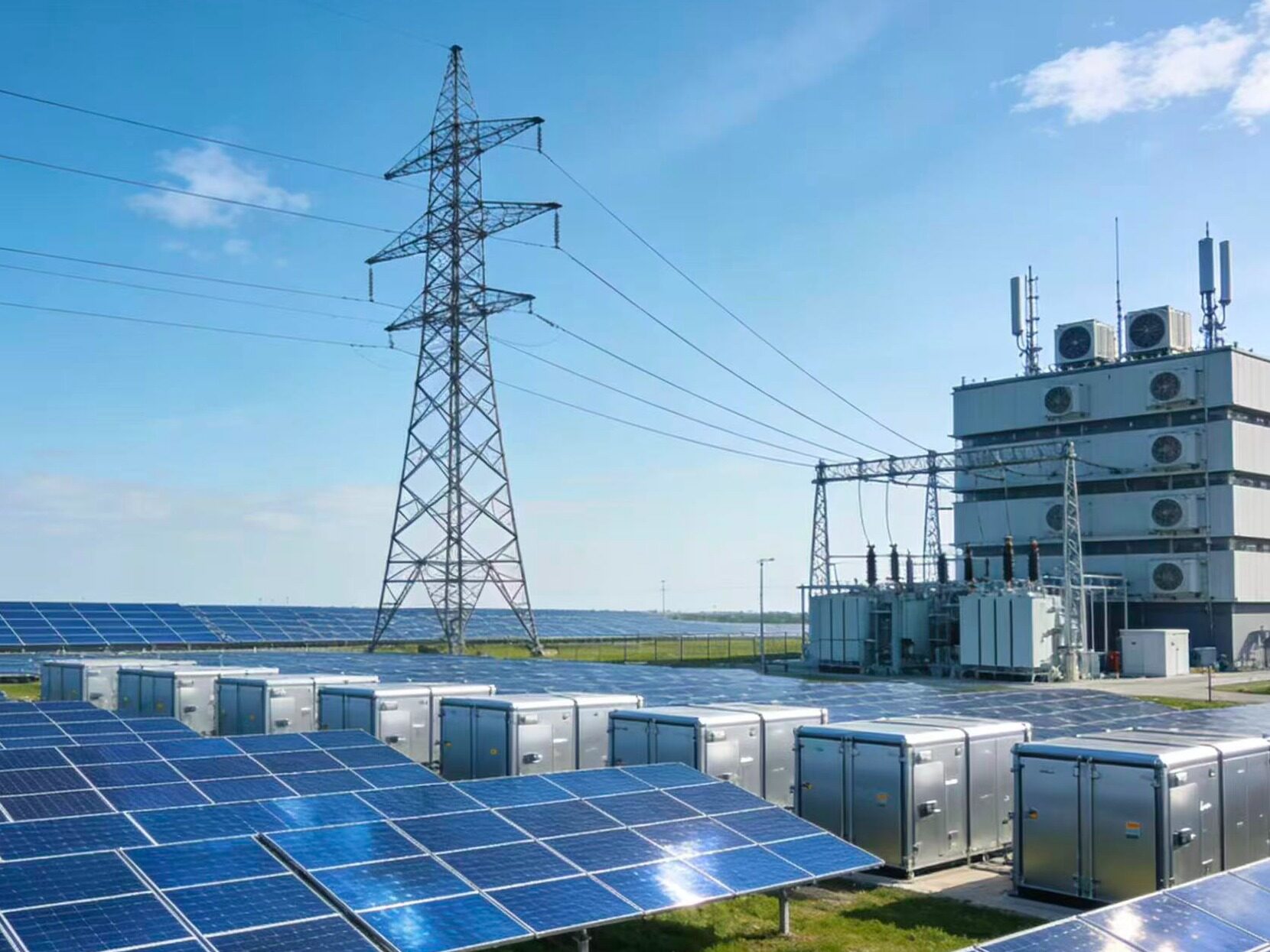
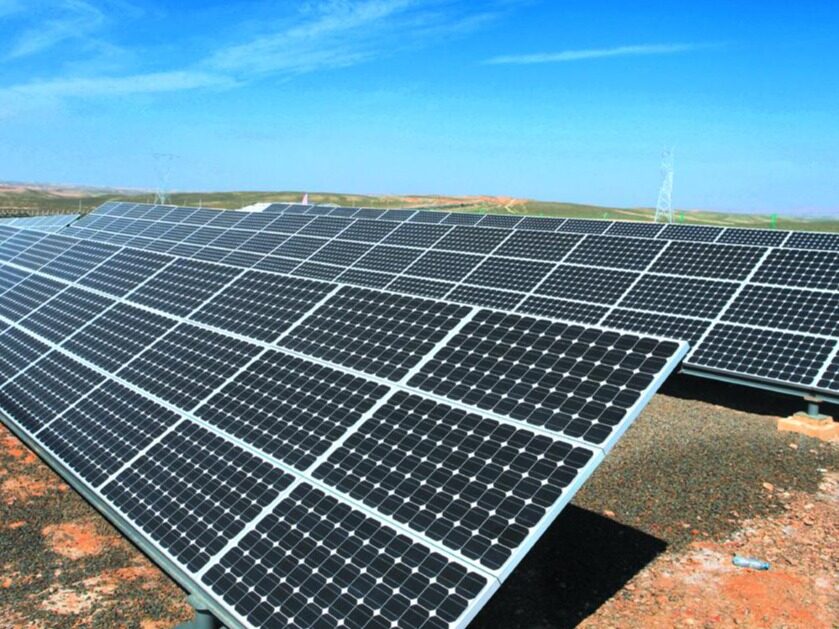
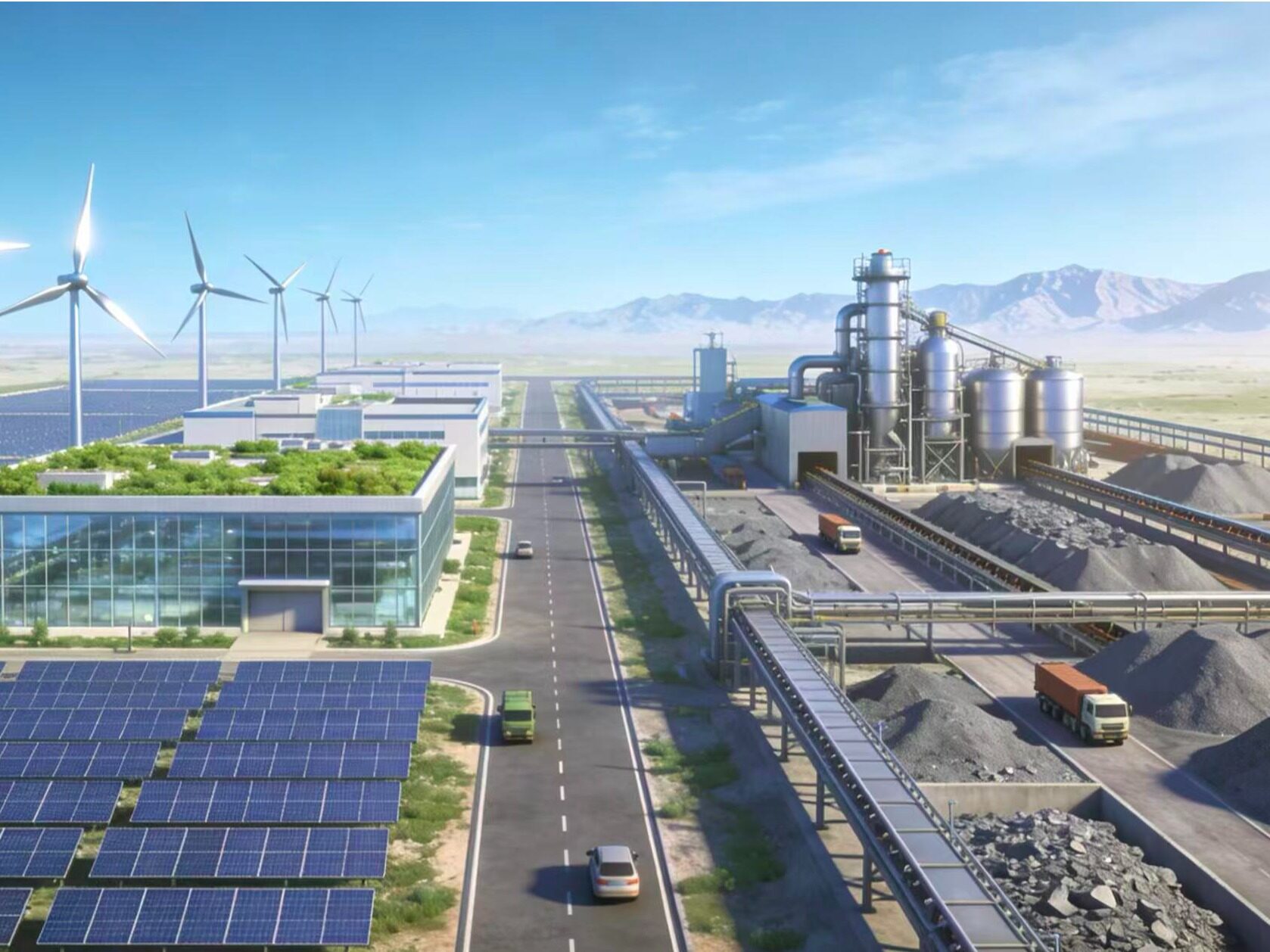
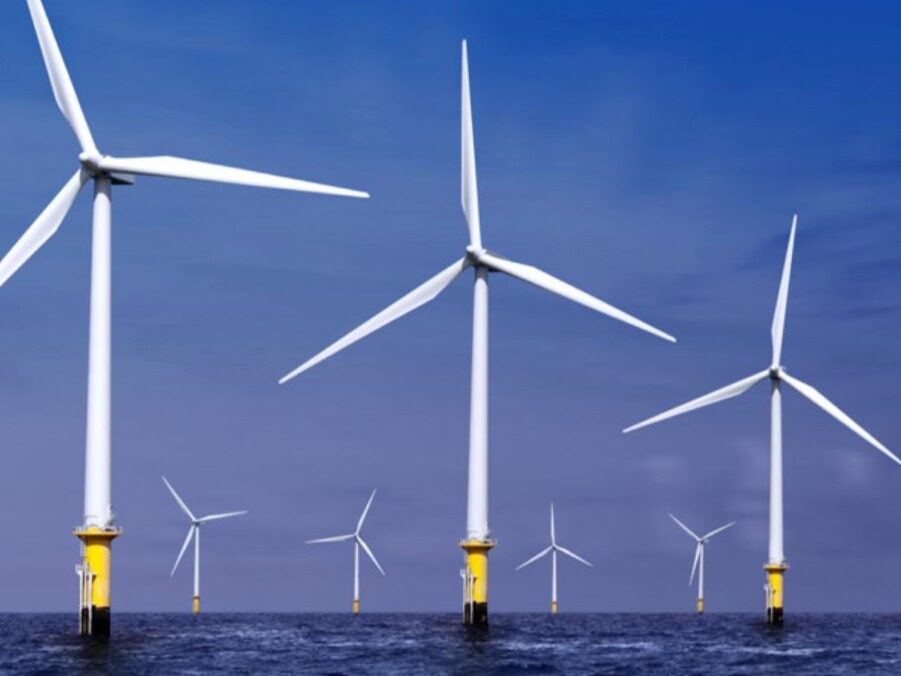
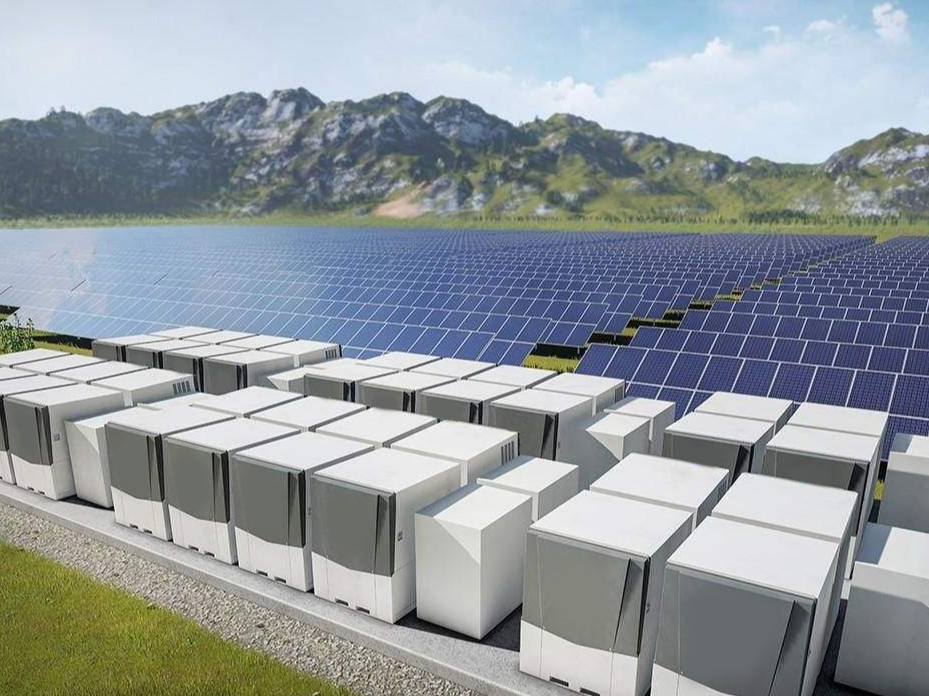







Write something~